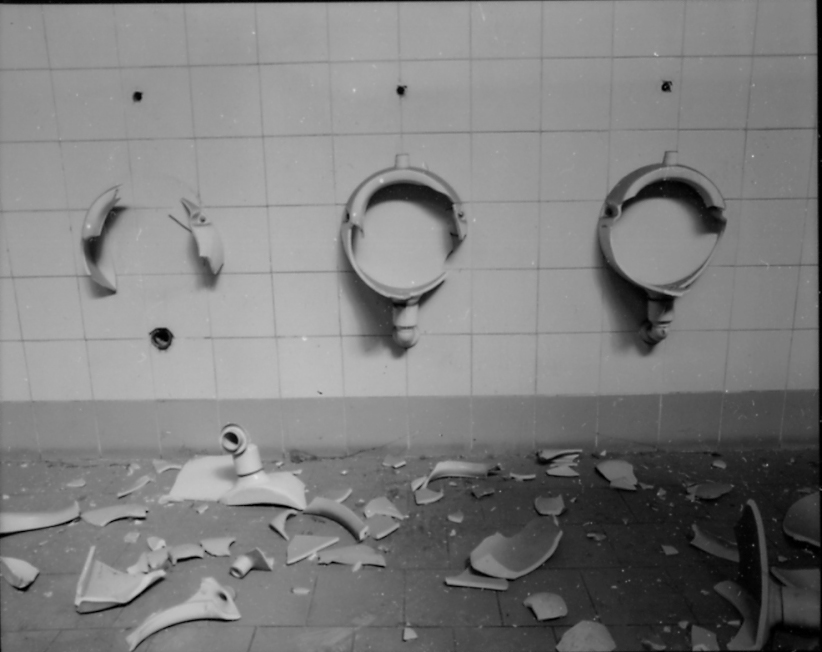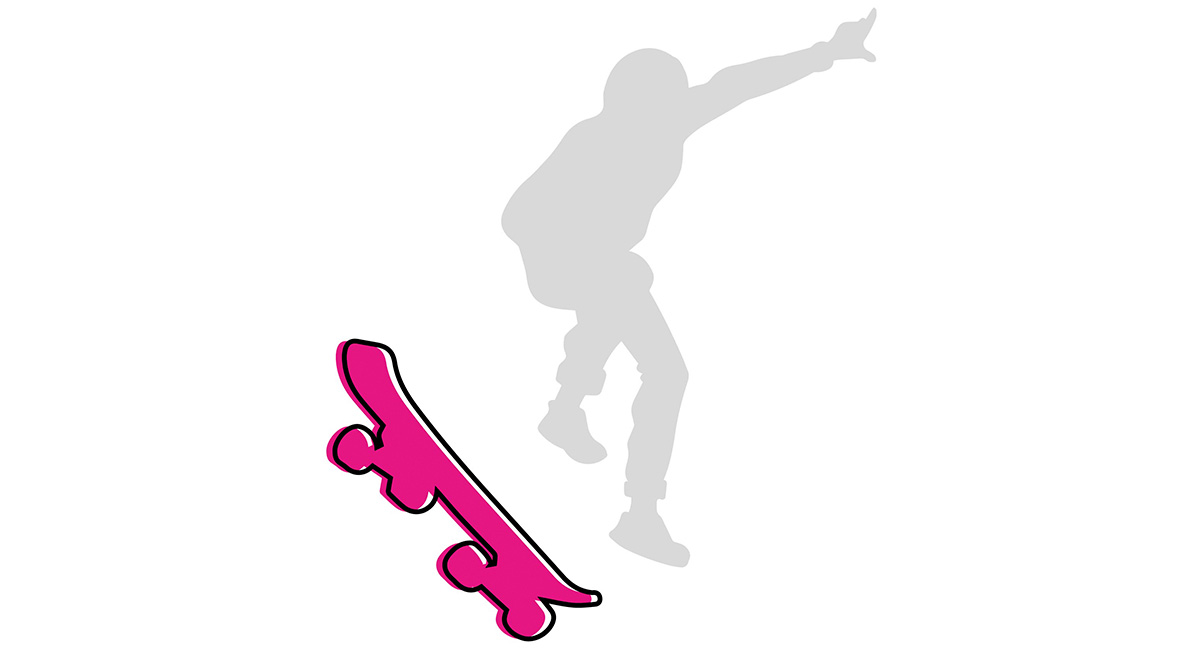Empty to lose: I turn the bottle in my hands, it will have some meaning, anyway!
Fausto Melotti, in Linee
A contradiction in terms. The void is not an abstract concept nor it is something untouchable belonging to the imagination that our gray cells produced. It immediately engages our lives, from the moment in which the first cry from the limbo of nothing makes us fall into becoming until the moment when we will have to take our last breath.
Emptiness is Time, first of all. It is not the Saturnian Cronos of our watches, which record its forceful progress as a consequence of the eternal motion of the stars, in a firmament that, alongside with the Myth, was the object of our ancestors’. Emptiness is not either «the current that sweeps away everything and immediately replaces everything», that is Marcus Aurelius’s Potamos. Empty Time is something more concrete and at the same time stronger than the ticking of our watches. It always has an outcome and proceeds in unexpected and definitive jerks: a machine stop, a stop.
Time and Void, concrete objects
Heraclitus claimed that “one never crosses the same river”.
The Void is a thing, a tangible object, a concrete body. Not what the culture of our fathers defined with the formula “Plastic values”, separating it from Time. It is Space in four dimensions: height, length, width and time, passable, livable space, exactly in the way each of us experiences their own «other», the person that we love, that we generate, that we take care of: over time.
Art, history, Empty Time
It is difficult to be interested in the Void in art without immediately thinking of Fabio Mauri.
“History is a nightmare from which I am trying to wake up” (James Joyce); this sentence could be the heraldic emblem of the Italian artist. The devices always cover their power with a very refined aesthetics, with cutting-edge and exclusive technologies; the era flows before our eyes with the fetishes of the worst atrocities, objects stare at them for eternity, aesthetics is still power, even nostalgia itself is oppression.
Action vs language
The dream of a hegemonic power that has spanned a century is naked. Once that nightmare vanished, a second one was replaced: the pipe of images that today cross the ether far and wide has decreed the end of the body: The end. A void that affects the whole of us.
In a famous conference held in Rome at the Scuola della Garbatella, the world of Italian art met the “new shaman”, Joseph Beuys who convinced that political action was still possible. In that occasion, Mauri asked a crucial question that quashed all illusions. He objected a simple statement to him: that a true, decisive, effective action, without any political compromise, wasn’t possible unless through the language.
Depriving objects of their aesthetic value, emptying them of any aestheticism with diabolical attention is still language, precision of language. (It’s me who says this).
______________________________________________________________________________
Vuoto a perdere: rigiro la bottiglia fra le mani, avrà pure un qualche significato!
Fausto Melotti, in Linee
Una contraddizione in termini. Il vuoto non è un concetto astratto, qualcosa di impalpabile che appartiene all’immaginazione prodotta dalle nostre cellule grigie; esso impegna fin da subito le nostre esistenze, dal momento in cui il primo vagito dal limbo del nulla ci fa precipitare nel divenire, a quello in cui dovremo rendere l’ultimo respiro.
Il vuoto è Tempo, prima di tutto. Non il Cronos saturnino dei nostri orologi, che ne registrano l’inesorabile procedere come una conseguenza del moto eterno delle stelle, in un firmamento che col Mito ha occupato la fantasia dei nostri progenitori. Non quella “corrente che trascina via ogni cosa e subito la sostituisce”, il Potamos di Marco Aurelio. Il Tempo vuoto è qualcosa di più concreto e insieme più forte del ticchettio dei nostri orologi. Esso ha sempre un esito e procede a scatti imprevisti e definitivi: un fermo macchina, uno stop.
Tempo e Vuoto, oggetti tangibili
Eraclito sosteneva che “non si attraversa mai lo stesso fiume”.
Il Vuoto è cosa, oggetto tangibile, corpo concreto. Non quello che la cultura dei nostri padri definiva con la formula “Valori plastici”, separandolo dal Tempo, ma Spazio a quattro dimensioni: altezza, lunghezza, larghezza e tempo, spazio percorribile, vivibile, esattamente come viviamo ciascuno il nostro altro, la persona che amiamo, che generiamo, che curiamo: nel tempo.
L’arte, la storia, il Tempo Vuoto
Difficile interessarsi al Vuoto in arte senza che il pensiero non cada subito su Fabio Mauri.
“La Storia è un incubo da cui sto tentando di svegliarmi”(James Joyce) potrebbe essere l’emblema araldico di quest’artista. Gli apparati rivestono sempre il loro potere di un’estetica raffinatissima, di tecnologie all’avanguardia ed esclusive; l’epoca scorre davanti ai nostri occhi con i feticci delle peggiori atrocità, gli oggetti le fissano per l’eternità, l’estetica è ancora potere, la stessa nostalgia è oppressione.

Azione vs linguaggio
Il sogno di una potenza egemone che ha attraversato un secolo è nudo. Svanito quell’incubo se ne è sostituito un secondo: il piffero delle immagini che oggi attraversano l’etere in lungo e in largo ha decretato la fine del corpo: The end. Un vuoto che ci riguarda tutti.
In un celebre convegno a Roma alla Scuola della Garbatella, in cui il mondo dell’arte italiana incontrava il nuovo “sciamano”, il Joseph Beuys convinto che l’azione politica fosse ancora possibile, Mauri, con una domanda cruciale che cassava ogni illusione, gli ha opposto una linea: l’azione vera, risolutiva, effettuale, senza alcuna compromissione politica è attraverso il linguaggio.
Privare gli oggetti del loro valore estetico, svuotarli di ogni estetismo con diabolica attenzione è ancora linguaggio, precisione di linguaggio. (Questo lo dico io).








